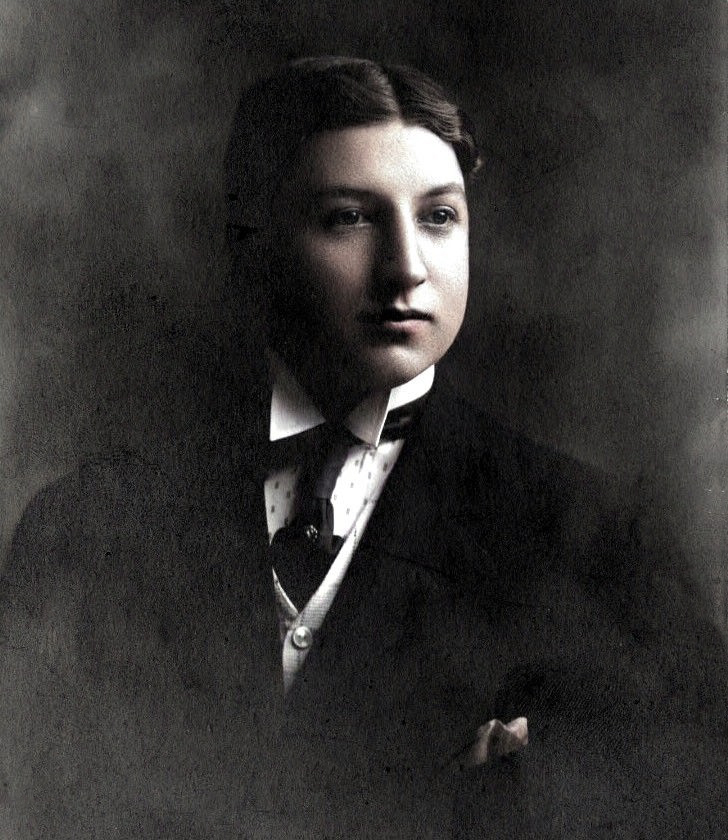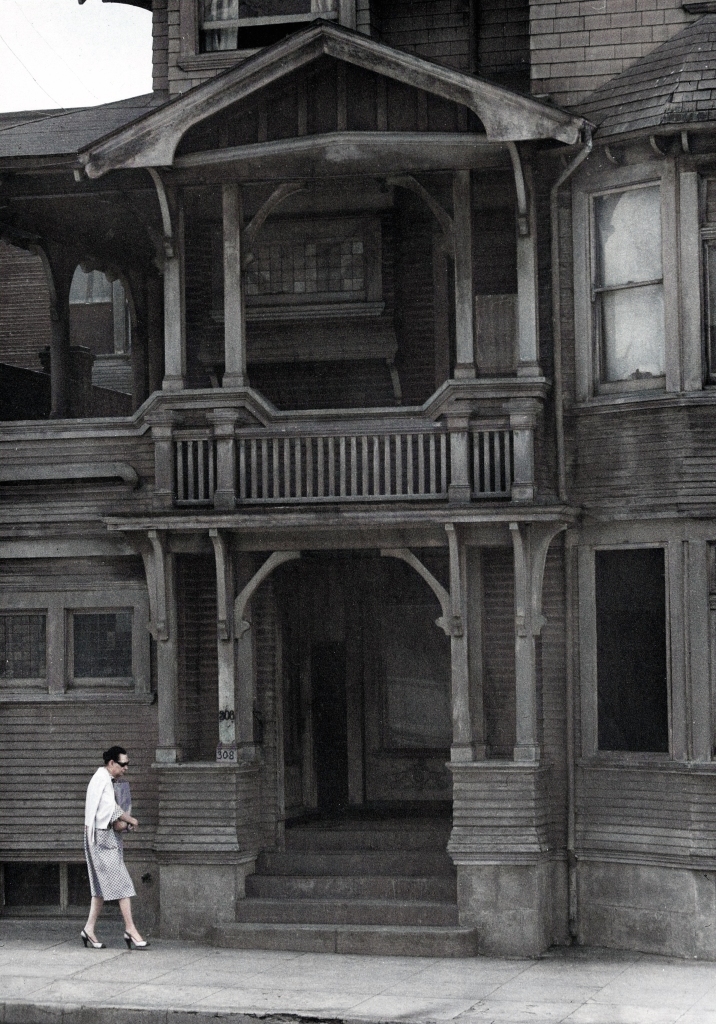UPDATE! Due to overwhelming demand, the ADSLA has added ANOTHER tour! Yes, tickets for a November 6th ‘encore tour’ are now available. Buy soon: we anticipate them to sell out rapidly! Click here! https://artdecola.org/events-calendar/spooky-oviatt-tour-2022-encore
It is the Spooky Month! There’s certainly no dearth of spookified going-ons around town, but if I may make a suggestion: endeavor to take the Art Deco Society’s upcoming Spoooooooky Oviatt Penthouse tour!

There are a number of reasons to do so—for example, if you’ve never been in the Oviatt penthouse, that’s some bucket-list-Art Deco right there, arguably the finest Deco interior in all Los Angeles. And if you have been inside, you ain’t seen nothing like this twist on the the tour, replete with tales of its resident g-g-g-ghosts!
This tour is being led by Marc Chevalier, who knows everything about the Oviatt Building in general, the penthouse in particular, and is hip to all the juicy details regarding it and its builder, James Oviatt.
But far be it from me to suggest something that doesn’t have a Bunker Hill connection—James Oviatt, on his arrival in Los Angeles, lived on Bunker Hill. In my book I cover some of the famed folk who bunked on Bunker Hill: Edith Head, Jack Webb, John Wayne, Lon Chaney, et al., but somehow haberdasher-to-the-stars James Oviatt was left off the list. So:
Oviatt was twenty-one when he came to Los Angeles in 1909.

He shacks up in a three-flat apartment house at 308-310 South Grand. There are two images of 308-10 in Bunker Hill, Los Angeles before and during its 1963 demolition:

A shot of the place about 1960, snapped by Arnold Hylen:

One can just imagine James going to work in 1909—suited up, heading out the door, during right down Third, taking Angels Flight down to Hill, crossing Broadway, to the Douglas Block at the corner of Third and Spring, where he was a window dresser at the C. C. Desmond haberdashery.
In 1910 Oviatt has made his way down to the flats, in a little two-year-old bungalow at 632 West 43rd Place. Evidently he realized “damn, it’s taking me forever to get to work” so in 1911 he’d moved back to Bunker Hill:
Oviatt returns to Grand Ave. about four blocks north of his old place at 308 South Grand, into the Carleton, 232-236 North Grand. The Carleton appears in Bunker Hill, Los Angeles on page 102.


The Carleton was designed and built in 1905 by Warren Chancellor Dickerson, who lived in and managed it until he passed in 1936, thereafter being managed by his widow Elmira. It was purchased by the Department of Water and Power after Elmira passed in 1942. The DWP intended its headquarters to go on that block, and demolished the Carleton in late 1950 (that and other adjoining blocks were later sold to the County for its Courthouse project, and the DWP built its General Office Building a bit further west).

James Oviatt lived at the Carleton through 1911, until in 1912 he resettled into the brand-new Los Angeles Athletic Club. From there, of course, it is a tale of his glorious ascendancy, from boardinghouse to penthouse, before his downfall.
But back to the Carleton for a moment—I’m going to share something with you no-one has ever seen. It’s a shot by Arnold Hylen, standing on the porch of the Carleton looking north, captured about 1949.

AAAAAAaaanyway, those then are two of the first places James Oviatt resided in Los Angeles, before fame and riches and building the world’s greatest penthouse. And now YOU are going on this tour:

And to do so all you have to do is click here:
https://artdecola.org/events-calendar/spooky-oviatt-tour-2022

Nathan!Your email re. the Oviatt Building tour smacked me upside my head!Some years ago, a friend mailed me some old papers (She knew I was a collage artist and coveted ventage papers for my artwork).Among the stash was a letter posted in 1919 (photo attached). The address grabbed my attention as it was located in the heart of Bunker Hill.Recently, I have been doing some research on what was exactly at 310 s. Grand in 1919.Thanks to your splendid book, Bunker Hill Los Angeles, as well as Arnold Hylan’s excellent Bunker Hill book, I had images of the old pile. I thought that was pretty cool and it would be the end of my sleuthing. Mystery solved, you know? BUT your email missive has blown the lid off the entire affair! As you can see, the envelope is addressed to Lt. Richard G. Troeger. The letter, still safe in the envelope, is a typical epistle re. long distance courtship and plans to be reunited soon, written by one F. Cara.So I now know that the building remained in the Troeger family at least until 1919. Also, Richard G. was probably Richard Troeger junior, as I would guess Richard C. was beyond the age of such courtship by 1919!I hope this tidbit can be added to your deep encyclopedia of Bunker Hill knowledge.Thanks again for your terrific email deep dives on everything Bunker Hill related.I hope you are enjoying your new job and I hope to bump into you soon at the top of the flight.Your constant reader,Leslie
LikeLike
Hi Leslie! What a fantastic story. I would love to see this letter!!! It didn’t come through on this comment though as a picture, could you reattach? Or send to oldbunkerhill@gmail.com. And you’re right, it was “Troeger the Younger” to whom that letter was addressed, specifically, Richard Glenn Troeger, who was 26 years old in 1919. That’s really interesting that he’s a lieutenant in 1919, I guess he still had the rank before he mustered out, he’s listed in the 1920 census as a clerk at the Title Insurance Co. I’m thrilled you dig the blog! It’s folk like you that keep me writing it, after all. See you on the flight! Best, Nathan
LikeLike